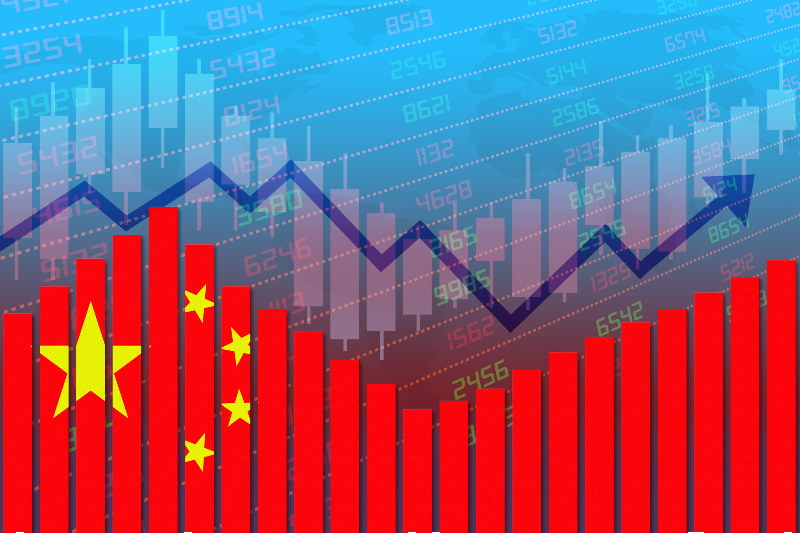

China’s debt situation appears dramatic, but worries about it shouldn’t necessarily deter institutions looking at investing in the country, says Andy Rothman, investment strategist at Matthews Asia.
The majority of the debt stems from measures taken by the Chinese government to stimulate its economy after the global financial crisis, prior to which the country’s overall debt-to-GDP ratio was far lower and more stable, he says.
China’s economy relied even more heavily on exports at the time of the crisis than it does today, says Rothman, noting when the crisis triggered a collapse in demand for goods globally, China’s government addressed the problem by boosting employment through massive public works campaigns and a major part of the current debt situation is that the country has yet to recover from the spending those campaigns took.
“It’s a significant problem, but it’s a manageable one that is not likely to create systemic risk,” says Rothman. “And it’s confined to a fairly small number of companies, most of which institutional investors wouldn’t be investing in anyway.”
The corporate debt in the country is sitting at 153 per cent, making it one of the highest in the world. Rothman says this segment of debt is actually its most worrying component, compared to the country’s consumer debt, which sits at 50 per cent, healthier than the U.S. level of 77 per cent. The corporate debt portion largely stems back to those public works campaigns that are the cause of the government’s hefty debt-levels as well, he says.
Two-thirds of current corporate debt is owed by state-owned enterprises and banks, and a small concentration of them at that, he adds.
Avoiding these “debt traps” is key for investors looking at the region, Rothman says. “You want to be really careful about which Chinese banks you invest in to avoid those with the largest exposure to the debt problem.”
Even with the debt, the level of growth in China’s economy is not something investors can afford to ignore, says Rothman.
And, it’s not enough to think of gaining exposure to the country through a basket of broader emerging market exposure, he says, noting, China is better thought of as its own, specific entity in an investment context, in large part because of its size.
“EM is a very broad category and it’s important to recognize that China, by itself, accounts for one third, on average of global economic growth. That’s a larger share of global growth than the U.S., Europe and Japan combined.”
